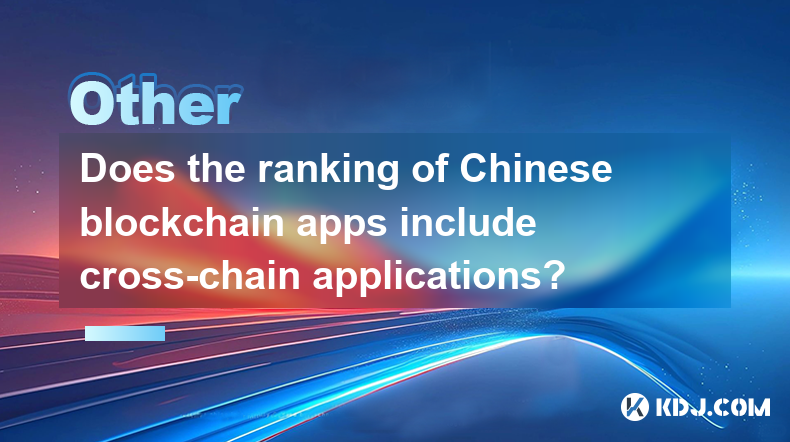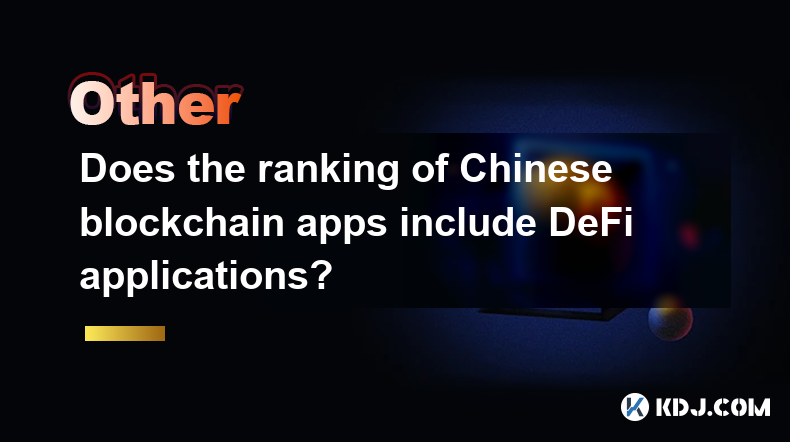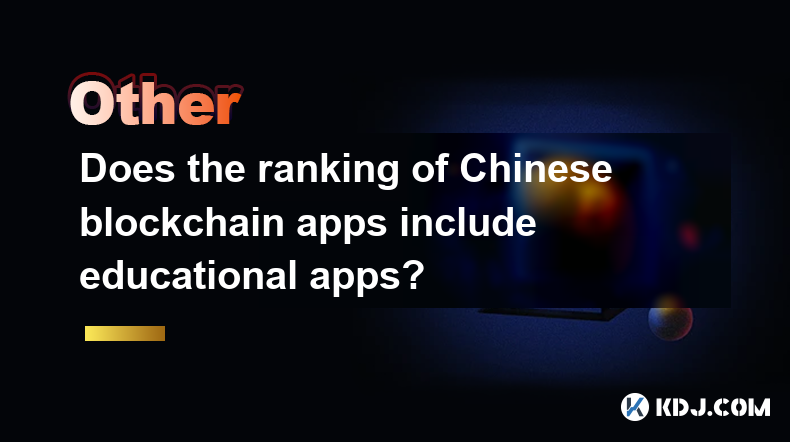-
 Bitcoin
Bitcoin $84,912.1002
0.22% -
 Ethereum
Ethereum $1,597.4099
0.99% -
 Tether USDt
Tether USDt $1.0000
0.00% -
 XRP
XRP $2.0848
1.56% -
 BNB
BNB $592.5467
0.52% -
 Solana
Solana $138.6661
3.38% -
 USDC
USDC $1.0000
0.02% -
 Dogecoin
Dogecoin $0.1597
3.32% -
 TRON
TRON $0.2416
-1.86% -
 Cardano
Cardano $0.6327
3.32% -
 UNUS SED LEO
UNUS SED LEO $9.2836
0.56% -
 Chainlink
Chainlink $12.7262
1.41% -
 Avalanche
Avalanche $19.2768
1.31% -
 Stellar
Stellar $0.2442
1.08% -
 Toncoin
Toncoin $2.9950
1.32% -
 Shiba Inu
Shiba Inu $0.0...01231
4.65% -
 Hedera
Hedera $0.1668
2.11% -
 Sui
Sui $2.1474
1.41% -
 Bitcoin Cash
Bitcoin Cash $337.5269
2.68% -
 Hyperliquid
Hyperliquid $17.5726
3.68% -
 Polkadot
Polkadot $3.7336
2.05% -
 Litecoin
Litecoin $76.5245
1.70% -
 Dai
Dai $1.0001
0.02% -
 Bitget Token
Bitget Token $4.4585
2.30% -
 Ethena USDe
Ethena USDe $0.9993
0.01% -
 Pi
Pi $0.6558
7.05% -
 Monero
Monero $214.1926
-0.69% -
 Uniswap
Uniswap $5.2567
1.90% -
 Pepe
Pepe $0.0...07325
4.28% -
 OKB
OKB $50.6926
1.82%
What is a 51% attack? How does blockchain prevent this attack?
A 51% attack on a proof-of-work blockchain occurs when a single entity controls over half the network's hashing power, enabling manipulation of transactions and the blockchain's state, though various mechanisms aim to deter this costly and improbable event.
Mar 11, 2025 at 03:50 pm

Key Points:
- A 51% attack is when a single entity gains control of more than half the network's hashing power in a proof-of-work blockchain.
- This allows them to manipulate the blockchain by censoring transactions, reversing transactions, and creating double-spends.
- Blockchains utilize various mechanisms to deter 51% attacks, including cryptographic hashing, decentralization, and network consensus. However, no system is entirely immune.
- The likelihood of a 51% attack varies significantly depending on the cryptocurrency's hashrate and network security.
What is a 51% Attack?
A 51% attack, also known as a majority attack, occurs when a single entity or group gains control of over 50% of the network's computing power (hash rate) in a proof-of-work (PoW) blockchain. This control allows them to dictate the order of transactions included in new blocks and essentially control the blockchain's state. This is a significant threat to the security and integrity of the cryptocurrency.
How a 51% Attack Works
Imagine a scenario where a malicious actor acquires sufficient computational power. They can then:
- Censor Transactions: Prevent legitimate transactions from being added to the blockchain. This can disrupt the functioning of the entire network, particularly if the censored transactions involve significant funds.
- Reverse Transactions: Manipulate the blockchain to undo previously confirmed transactions, effectively stealing funds. This violates the fundamental principle of immutability within a blockchain.
- Double-Spending: Spend the same cryptocurrency twice by creating conflicting transactions. This undermines the trust and reliability of the cryptocurrency.
Blockchain Mechanisms to Prevent 51% Attacks
Several mechanisms are designed to make 51% attacks incredibly difficult and costly:
- Decentralization: A widely distributed network with many independent nodes makes it extremely challenging for a single entity to accumulate 50% or more of the hashing power. The more nodes, the more computationally expensive the attack becomes.
- Proof-of-Work (PoW): The computational difficulty of mining new blocks makes it economically unviable for attackers to acquire the necessary hashing power in many established blockchains. The energy consumption involved is often a significant deterrent.
- Cryptographic Hashing: The use of cryptographic hashing ensures the integrity of each block and the entire blockchain. Any attempt to alter past transactions would be immediately detectable.
- Network Consensus Mechanisms: Protocols like Proof-of-Stake (PoS) aim to mitigate the risk of 51% attacks by shifting the focus from computational power to the amount of cryptocurrency staked. This requires less energy than PoW.
- Economic Deterrents: The cost of acquiring the necessary hardware and the energy consumption required to mount a 51% attack can be astronomically high, acting as a powerful deterrent.
Challenges and Limitations
Despite these safeguards, a 51% attack remains a theoretical possibility, especially on smaller or less established cryptocurrencies with lower network hash rates. The cost of mounting such an attack is still the biggest barrier, but advances in computing technology or coordinated attacks could potentially change this.
Variations and Mitigations
While the core concept remains the same, the specific techniques used in a 51% attack can vary. For instance, attackers might try to rent hashing power from cloud providers instead of investing in their own hardware. Mitigations include:
- Increased network security: Regular security audits and updates to the blockchain’s code can help identify and patch vulnerabilities.
- Community vigilance: A strong and active community can help detect suspicious activity and alert developers to potential problems.
- Network upgrades: Continuous improvements to consensus mechanisms and other aspects of the blockchain can make 51% attacks more difficult.
The Role of Hashrate
The hashrate, or the total computational power dedicated to mining a cryptocurrency, plays a crucial role in the likelihood of a 51% attack. A higher hashrate generally means a more secure network because it becomes exponentially more expensive for an attacker to control a majority of the network's computing power.
Frequently Asked Questions
Q: Can a 51% attack happen on Bitcoin?
A: While theoretically possible, a 51% attack on Bitcoin is extremely improbable due to its immense hashrate and widespread decentralization. The cost would be astronomical.
Q: What happens after a successful 51% attack?
A: The consequences can be severe, including theft of funds, disruption of the network, and a significant loss of trust in the cryptocurrency. The value of the cryptocurrency would likely plummet.
Q: Are all cryptocurrencies equally vulnerable to 51% attacks?
A: No. Smaller cryptocurrencies with lower hashrates are significantly more vulnerable than larger, more established ones like Bitcoin.
Q: How can I protect myself from the consequences of a 51% attack?
A: Diversify your cryptocurrency holdings, choose cryptocurrencies with high hashrates and strong community support, and be aware of the risks involved. Avoid smaller, less secure networks.
Q: What are the long-term implications of a successful 51% attack?
A: A successful 51% attack could severely damage the reputation and credibility of a cryptocurrency, potentially leading to its demise. It highlights vulnerabilities in the underlying technology and raises questions about the security of the entire system.
Disclaimer:info@kdj.com
The information provided is not trading advice. kdj.com does not assume any responsibility for any investments made based on the information provided in this article. Cryptocurrencies are highly volatile and it is highly recommended that you invest with caution after thorough research!
If you believe that the content used on this website infringes your copyright, please contact us immediately (info@kdj.com) and we will delete it promptly.
- Ethena Labs Unveils Converge, a New Layer-1 Blockchain Targeting Tokenized Real-World Assets
- 2025-04-19 12:20:14
- FBI Releases Five Warnings to Help Protect Investors in the Cryptocurrency Space
- 2025-04-19 12:20:14
- Today, the Official Trump ($TRUMP) meme coin tokens have been unlocked, sparking panic among investors.
- 2025-04-19 12:15:14
- Dogecoin (DOGE) Price Prediction: Will the Original Memecoin Reach $1 by Late Summer 2025?
- 2025-04-19 12:15:14
- Resilience is a Distinct Attribute of Solana
- 2025-04-19 12:10:13
- Astar Network Adjusts Its Token Issuance Model to Stabilize APY and Reduce Inflation
- 2025-04-19 12:10:13
Related knowledge

Can ICOs in the blockchain space still make money?
Apr 17,2025 at 08:29pm
The landscape of Initial Coin Offerings (ICOs) in the blockchain space has evolved significantly since their peak in 2017 and 2018. Despite the increased regulatory scrutiny and the rise of alternative fundraising methods like Security Token Offerings (STOs) and Initial Exchange Offerings (IEOs), ICOs can still be a viable way to raise funds and generat...

Can the application of blockchain in supply chain finance bring benefits?
Apr 15,2025 at 04:00pm
Can the application of blockchain in supply chain finance bring benefits? The integration of blockchain technology into supply chain finance has garnered significant attention in the cryptocurrency and financial sectors. This article explores how blockchain can potentially revolutionize supply chain finance, detailing its benefits and providing a compre...

Does the ranking of Chinese blockchain apps include cross-chain applications?
Apr 14,2025 at 04:00pm
The ranking of Chinese blockchain apps is a comprehensive evaluation that takes into account various aspects such as user base, transaction volume, and technological innovation. A pertinent question arises regarding whether these rankings include cross-chain applications. Cross-chain applications, which allow different blockchain networks to interact an...

Does the ranking of Chinese blockchain apps include DeFi applications?
Apr 15,2025 at 06:57am
The ranking of Chinese blockchain apps is a comprehensive list that showcases the most popular and influential applications within the cryptocurrency ecosystem. One question that often arises is whether these rankings include DeFi applications. To answer this, we need to delve into the specifics of how these rankings are compiled and what types of appli...

Does the ranking of Chinese blockchain apps include educational apps?
Apr 16,2025 at 03:35am
The ranking of Chinese blockchain apps often includes a variety of categories, from finance and gaming to social networking and beyond. One question that frequently arises is whether these rankings include educational apps. To address this, we need to delve into the specifics of how blockchain apps are categorized and ranked in China, and whether educat...

Does the ranking of Chinese blockchain apps include enterprise-level applications?
Apr 15,2025 at 06:42am
The ranking of Chinese blockchain apps often includes a variety of applications, ranging from consumer-focused to enterprise-level solutions. Understanding the scope and criteria for these rankings is essential to determine if enterprise-level applications are included. This article delves into the specifics of how Chinese blockchain app rankings are co...

Can ICOs in the blockchain space still make money?
Apr 17,2025 at 08:29pm
The landscape of Initial Coin Offerings (ICOs) in the blockchain space has evolved significantly since their peak in 2017 and 2018. Despite the increased regulatory scrutiny and the rise of alternative fundraising methods like Security Token Offerings (STOs) and Initial Exchange Offerings (IEOs), ICOs can still be a viable way to raise funds and generat...

Can the application of blockchain in supply chain finance bring benefits?
Apr 15,2025 at 04:00pm
Can the application of blockchain in supply chain finance bring benefits? The integration of blockchain technology into supply chain finance has garnered significant attention in the cryptocurrency and financial sectors. This article explores how blockchain can potentially revolutionize supply chain finance, detailing its benefits and providing a compre...

Does the ranking of Chinese blockchain apps include cross-chain applications?
Apr 14,2025 at 04:00pm
The ranking of Chinese blockchain apps is a comprehensive evaluation that takes into account various aspects such as user base, transaction volume, and technological innovation. A pertinent question arises regarding whether these rankings include cross-chain applications. Cross-chain applications, which allow different blockchain networks to interact an...

Does the ranking of Chinese blockchain apps include DeFi applications?
Apr 15,2025 at 06:57am
The ranking of Chinese blockchain apps is a comprehensive list that showcases the most popular and influential applications within the cryptocurrency ecosystem. One question that often arises is whether these rankings include DeFi applications. To answer this, we need to delve into the specifics of how these rankings are compiled and what types of appli...

Does the ranking of Chinese blockchain apps include educational apps?
Apr 16,2025 at 03:35am
The ranking of Chinese blockchain apps often includes a variety of categories, from finance and gaming to social networking and beyond. One question that frequently arises is whether these rankings include educational apps. To address this, we need to delve into the specifics of how blockchain apps are categorized and ranked in China, and whether educat...

Does the ranking of Chinese blockchain apps include enterprise-level applications?
Apr 15,2025 at 06:42am
The ranking of Chinese blockchain apps often includes a variety of applications, ranging from consumer-focused to enterprise-level solutions. Understanding the scope and criteria for these rankings is essential to determine if enterprise-level applications are included. This article delves into the specifics of how Chinese blockchain app rankings are co...
See all articles























































































